Last updated: November 22, 2023
Article
Mormon Odometer
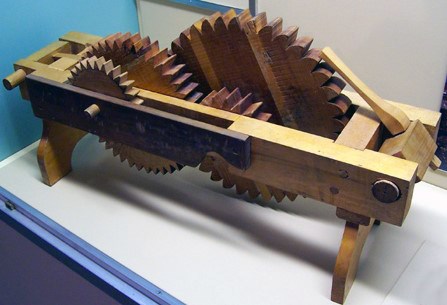
NPS
History of the Odometer
When starting on a trip, most people want to know how far they will travel. Before that question can be answered, someone had to figure out a way to measure the distance between one point and another. Once standard measurements were agreed upon, the mechanics of making a measurement that could cover a lot of ground had to be invented.- The first odometer was developed by Roman architect and engineer, Vitruvius, who mounted a large wheel of known circumference in a small frame in much the same fashion as a wheel is mounted on a wheelbarrow. When it was pushed along the ground by hand, it automatically dropped a pebble into a container at each revolution, giving a measure of the distance traveled.
- Zhang Heng (78 AD - 139 AD) is credited with the invention of the first odometer in China featuring a figure which struck a drum as each 0.5 km went by to measure distance.
- Blaise Pascel invented a machine called a “pascaline” in 1645. The pascaline was constructed of gears and wheels. Each gear contained 10 teeth which, after a complete revolution, advanced a second gear one place. Although not an odometer, the mechanics followed the same principle as odometers.
- In 1628, Thomas Savery invented an odometer for ships.
- In order to analyze the best routes for delivering mail, Benjamin Franklin developed a simple odometer in 1775 that he attached to his carriage to help measure the mileage of the routes.
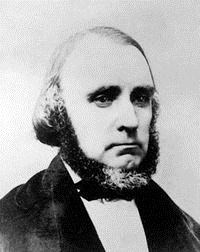
From the archives of The Church of Jesus Christ of Latter-day Saints.
Mormon Pioneer Odometer
Just 10 days and 75 miles out of Winter Quarters, William Clayton recorded in his journal: "I walked this afternoon in company with Orson Pratt and suggested to him the idea of fixing a set of wooden cog wheels to the hub of a wagon wheel in such order as to tell the exact number of miles we travel each day. He seemed to agree with me that it could be easily done at a trifling expense." In this fashion the odometer, called the roadometer, was invented in 1847 by the Mormon pioneers crossing the plains from Missiouri.The odometer was attached to a wagon wheel as the wagon traveled. It was developed by William Clayton and Orson Pratt, and built by carpenter Appleton Milo Harmon. The odometer was first used on the morning of May 8, 1847, near the site of present-day North Platte, Nebraska. On August 17, 1847, William Clayton joined another company making a return trip to the Winter Quarters. A new odometer was built which would count up to 1,000, a 100-fold improvement in measuring capacity. This second machine was built by William A. King.
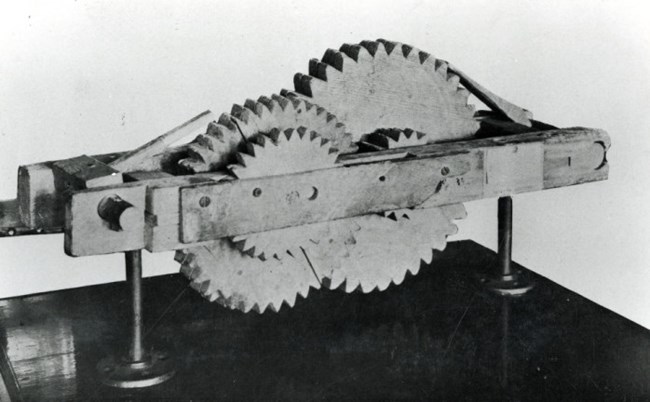
NPS
Mormon Odometer: Roadometer Design #1
William Clayton was dissatisfied with simply guessing how many miles were traveled. He tells that his estimates were consistently two to four miles less than those of the other travelers, and how anxious he was to know the “exact number”. He was compiling data about the journey: route, terrain, conditions, water, grass, timber and distance between prominent landmarks. Such information would be near useless if the mileages were not precisely correct.Clayton then measured the left rear wheel of one of the wagons. It was 4 feet 8 inches in diameter, hence 14 feet 8 inches in circumference. Three hundred and sixty rotations of this wheel equaled exactly one mile, “not varying one fraction”. Clayton tied a marker on the spoke and walked beside it all day, counting each rotation. At the end of the day, he had tallied 4,070 rotations. For the first time, he knew the exact distance they had traveled: eleven and a quarter miles, plus 20 revolutions
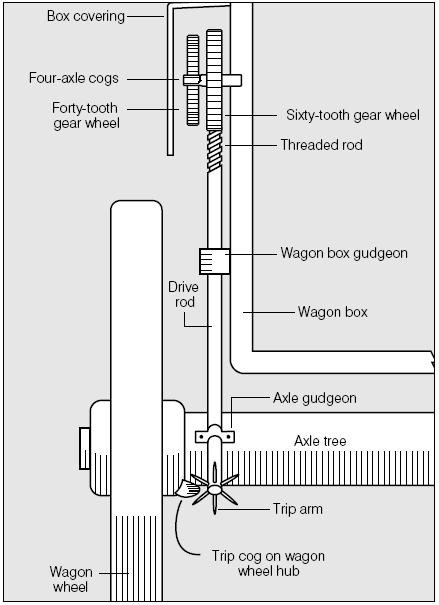
Mormon Odometer: Roadometer Design #2
This type of odometer used the principle of the “endless screw” or worm gear. This was a threaded rod set into the teeth of a gear wheel. As the rod makes one complete revolution, the threads pull one tooth of the gear wheel the distance from one tooth to the next. If the wheel were to contain 60 teeth and the rod were to rotate only once for every six turns of the wagon wheel, then 360 revolutions of the wagon wheel would produce one complete gear-wheel rotation. This is exactly one mile.The next step in the gear chain involved another endless screw at a right angle to the first. Since this feature was difficult to build and install correctly, it appeared on the machine that was built in a modified form.
As the wagon wheel turns, a cog on its rotating wheel hub strikes one of the projecting arms of the mechanism’s drive rod. Six turns of the wagon wheel produce one complete rotation of the rod. With each rotation of the rod, the threads at its upper end draw by one tooth of the 60-tooth gear wheel. One complete rotation of the wheel represents 360 rotations of the wagon wheel, or one mile.
The axle of the 60-tooth gear wheel has 4 cogs cut into it. These work on a second gear wheel of 40 teeth. With every rotation of the 60-tooth wheel, 4 teeth of the 40 tooth wheel will be drawn by, each representing a quarter of a mile
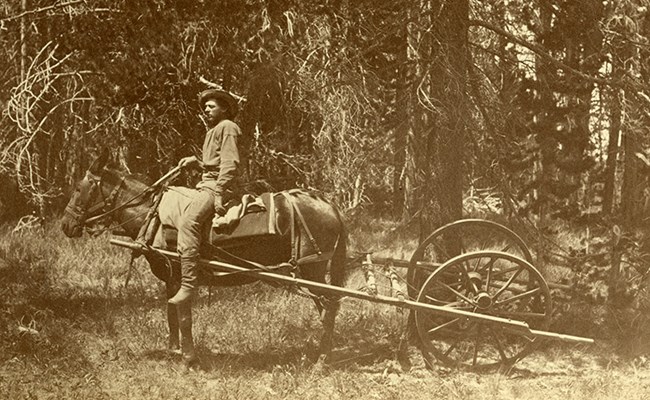
William Henry Jackson, from the Yellowstone National Park Thomas Moran Collection; Yellowstone National Park, YELL 50394
